LED light strips are a versatile and energy-efficient lighting solution for both residential and commercial settings. However, their bright and focused light can sometimes create harsh shadows and glare, making it difficult to achieve a soft and uniform lighting effect.
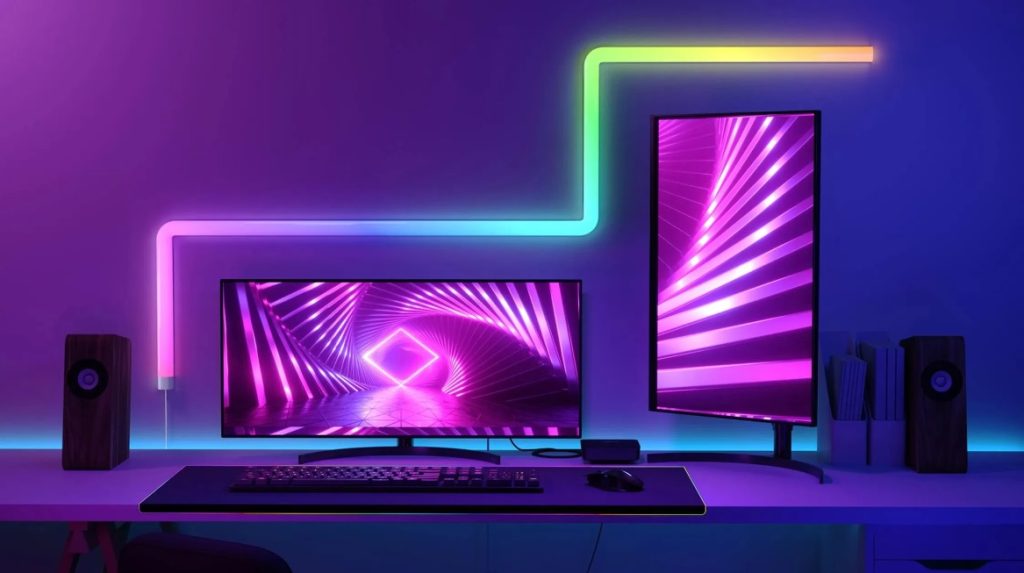
In this article, we will explore various techniques for diffusing LED strip lights, using common materials and DIY methods that are easy to implement and can be adapted to different lighting needs and preferences.
LED light strips – the basics
Before we dive into the techniques for diffusing LED strips, let’s start with some basic information about this popular lighting solution. A LED light strip, also known as LED tape or ribbon lights, consists of a flexible circuit board with small LED chips mounted on it.
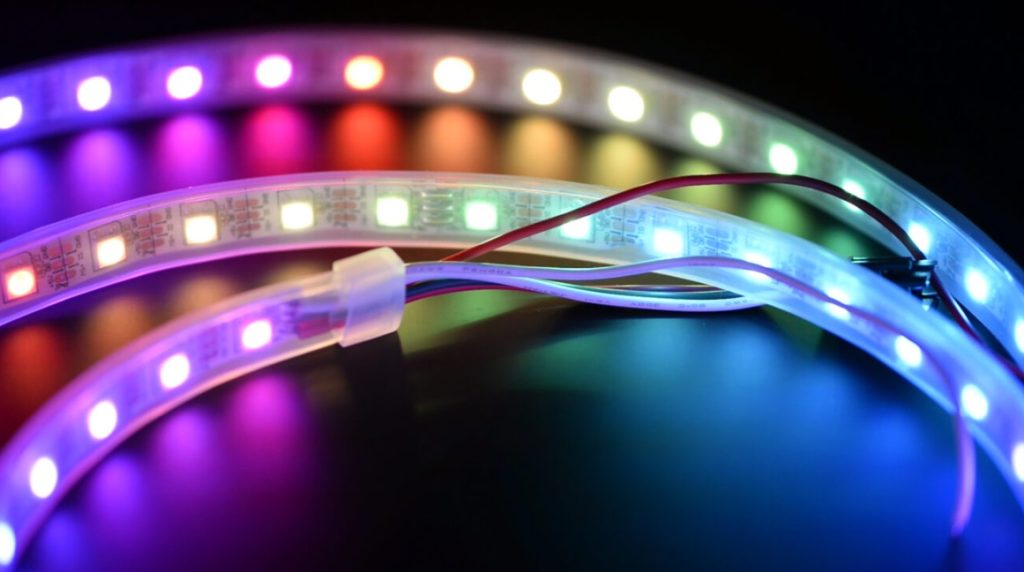
They come in various lengths, colors, and levels of brightness, and can be cut to fit specific areas or customized with accessories such as connectors and controllers.
LED strips are typically powered by a transformer or driver, and can be controlled with a remote or a smartphone app. They are widely used for accent lighting, task lighting, and decorative lighting in homes, offices, shops, and restaurants.
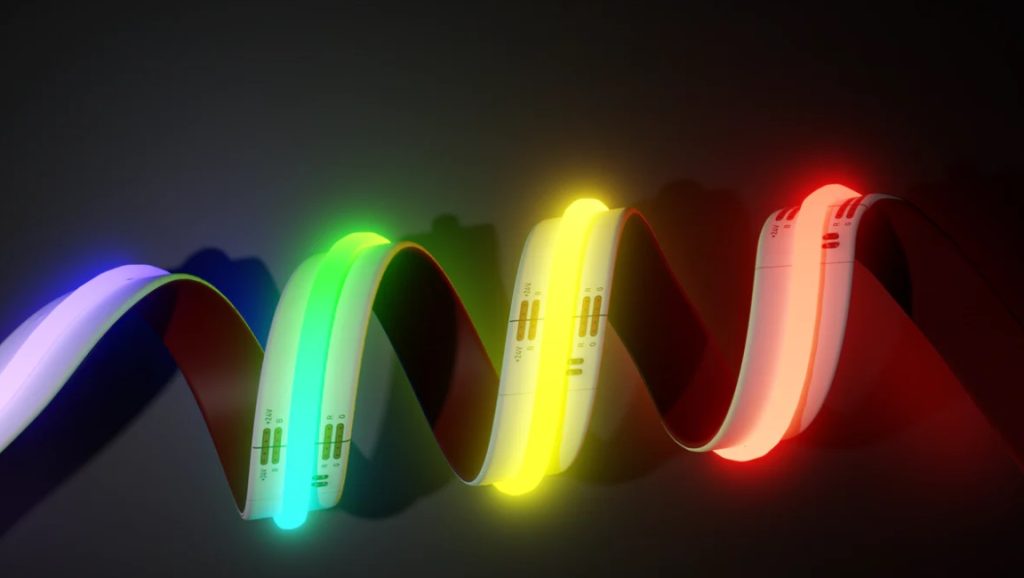
How to diffuse LED light strips – techniques and materials
Here we’ll learn how to diffuse LED light strip effectively with our guide on techniques and materials to create a soft and even light source for your LED strip light fixture.
Using LED strip diffuser cover
One of the easiest and most effective ways to diffuse LED light strips is to use diffuser covers. These are plastic or acrylic covers that clip onto the LED strip and spread the light more evenly, creating a softer and more diffuse light effect.
LED strip diffuser covers are available in various shapes and sizes, including frosted covers, clear covers, and colored covers, allowing you to customize the color and brightness of your lighting.

Some LED strip diffuser covers also have special features, such as UV protection or heat resistance, that make them suitable for outdoor or high-temperature environments.
Using aluminum LED channels
Another way of light diffusion is to mount them on an aluminum LED channel, which acts as a heat sink and LED diffuser. Aluminum channels are available in various profiles and finishes and can be cut to fit the LED strip.
The channels provide a more robust and professional-looking installation and also help to dissipate the heat generated by the LEDs, which can extend their lifespan.
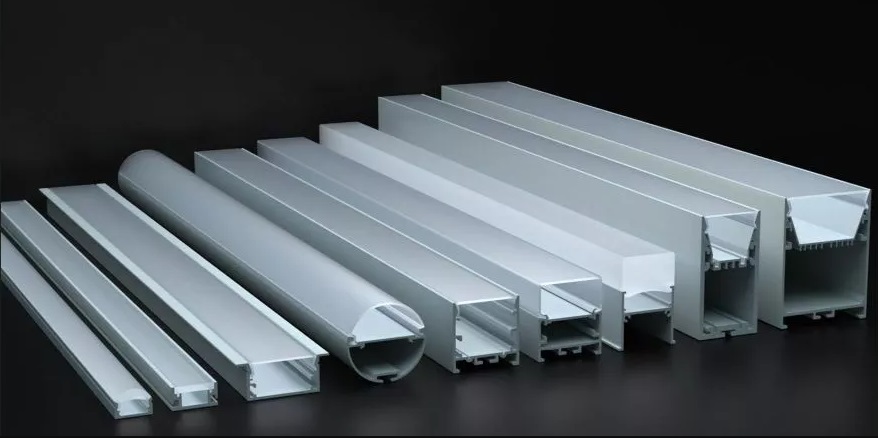
Some aluminum channels also have built-in LED diffuser covers or can be combined with LED diffuser covers for added diffusion.
Using ping pong balls
For a fun and affordable DIY option, you can use ping pong balls to diffuse an LED light strip. Simply cut a ping pong ball in half, drill a small hole in the center, and slide the LED strip through the hole.
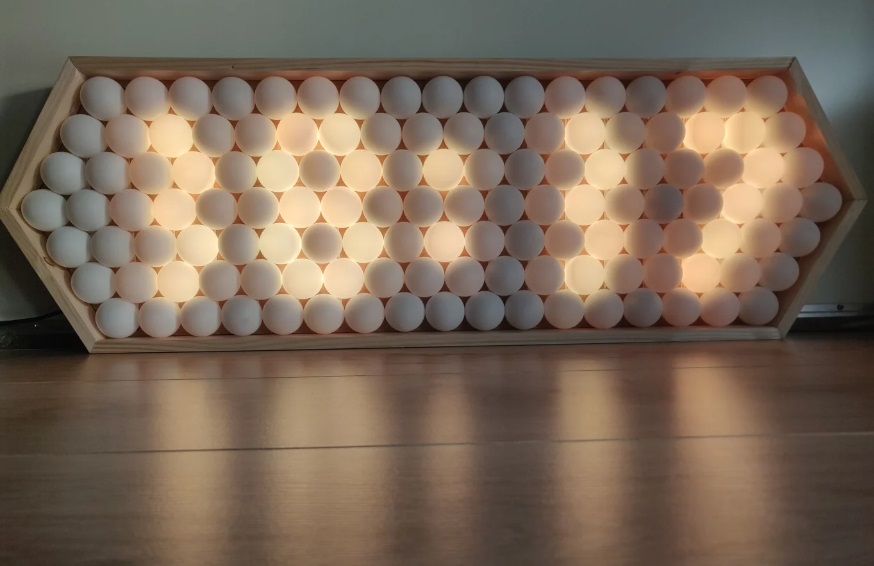
The ping pong ball will act as an LED diffuser, scattering the light and creating a softer light. You can also paint the balls with different colors to create a playful or festive lighting effect.
Using other opaque materials
If you don’t have LED diffuser covers or aluminum channels, you can still diffuse LED lighting using other materials, such as thick paper, fabric, or plastic.
Simply cover the LED strip with the material, or mount the LED strip behind the material, and experiment with different thicknesses and textures to achieve the desired LED strip light diffusion.
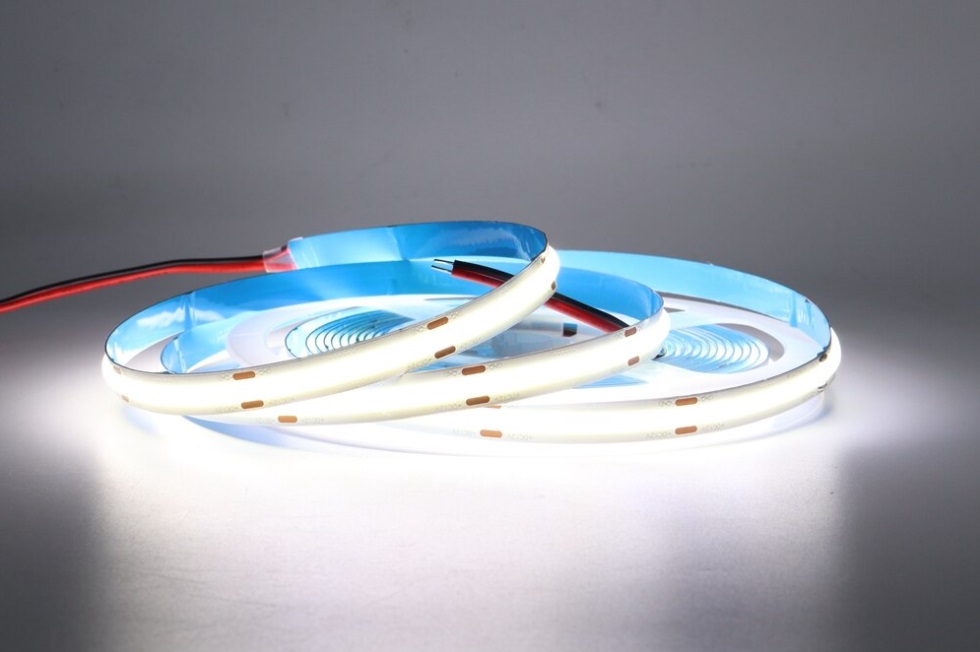
You can also use decorative materials, such as lace or mesh, to create unique and eye-catching light effects.
A shadow box can be a great way to showcase your favorite items, and adding LED strip lights can make it even better.
By installing a LED light fixture inside the box and using a LED diffuser, you can create a double diffusion light source that evenly illuminates your items.
For a professional finish, consider adding a thick opaque buffer around the edges to help diffuse the LEDs and eliminate any unwanted shadows.
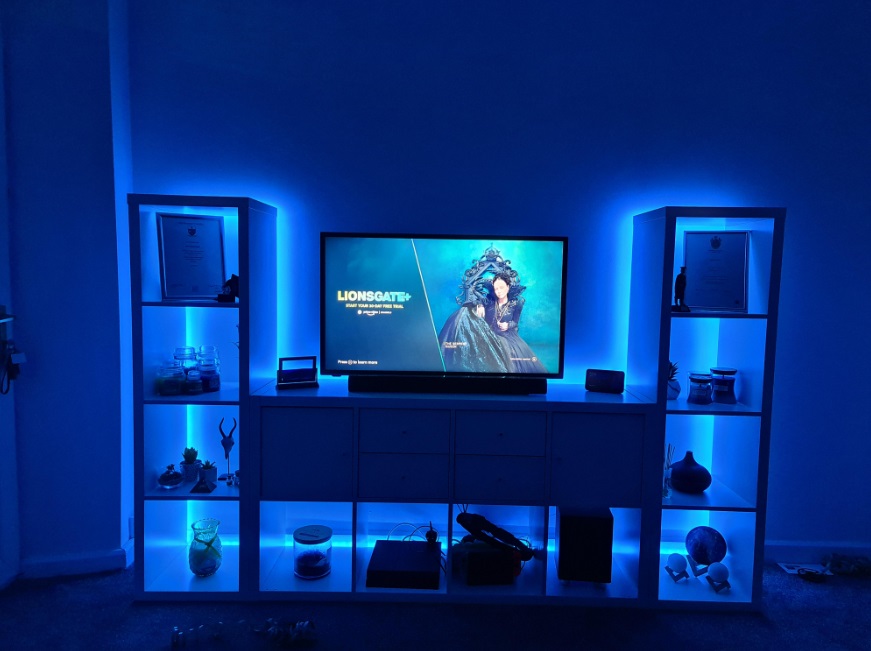
If you’re interested in learning more on how to diffuse LED strip, you can open the link and read the article.
LED light strips – applications and benefits
In interior design, LED strips are widely used, both for functional and aesthetic purposes. They can be installed under cabinets, shelves, or stairs, providing task lighting and enhancing the ambiance of the space.
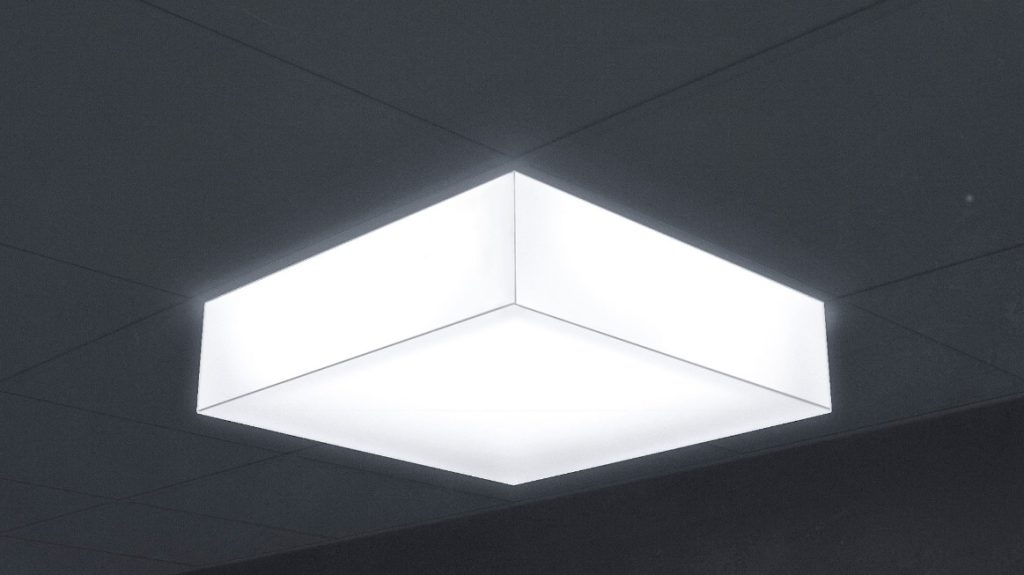
They can also be used to highlight artwork, furniture, or architectural details, creating a focal point and adding illuminating the surface with a softer light.
Fun DIY Ways of LED light diffusion
For those who want to experiment with more creative and unconventional methods to diffuse their LED strips, there are several fun and easy ways to achieve unique light effects. Here are a few ideas to get you started:
Shadow Clocks
By placing an LED strip behind a clock face, you can create a mesmerizing shadow effect that displays the time uniquely.

Ping-Pong Balls
Simply cutting these balls in half and placing them over individual LEDs can create a soft and diffused light effect.
Plain Paper
Wrapping LED strips in the plain paper can provide a simple and effective way to diffuse the light and create a softer glow.
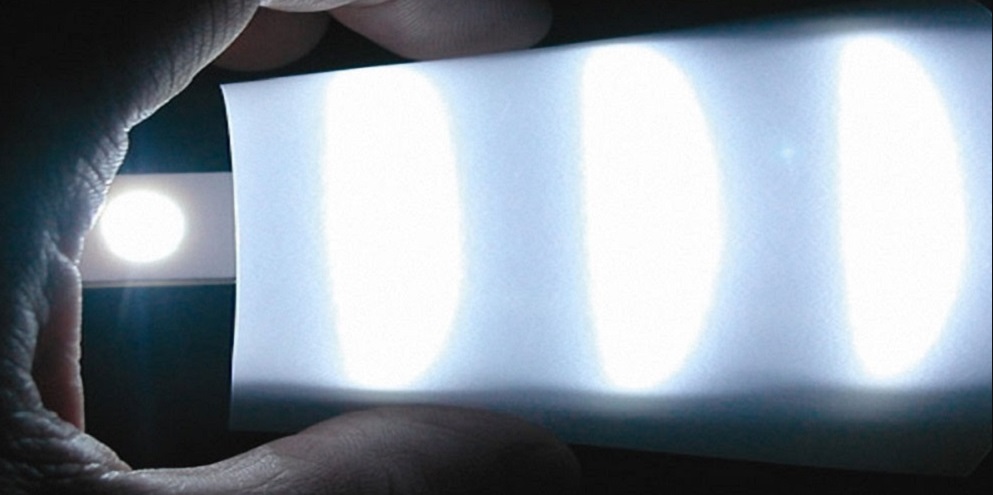
Results
Now you know how people diffuse LEDs. In conclusion, diffusing LED strip lights is a simple and effective way to create a softer and more uniform light in various settings.
Whether you choose to use diffuser covers, aluminum channels, or other materials, there are plenty of DIY techniques to experiment with.
Diffusing light strips can help to reduce harsh shadows and glare and can be used for both functional and aesthetic purposes in interior design.
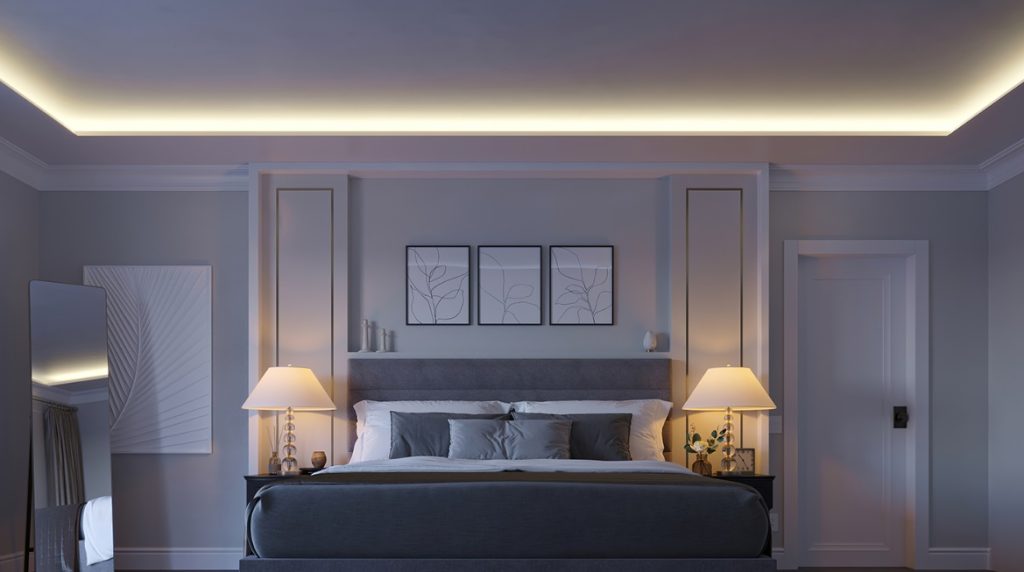
By exploring different materials and techniques, you can achieve unique and eye-catching lighting effects that suit your specific needs and preferences.
FAQ
What materials can diffuse LED lights?
There are a lot of materials that can be used to diffuse strip light, depending on the desired effect. Some of the most common materials include frosted glass, plain paper, and thin cotton.
Other materials can also be used to create a diffusion effect, such as plastic sheets or acrylic panels. Essentially, any material that can soften the light source and distribute it evenly can be used to diffuse LED strip lights.
What is the best material for diffusing LED lights?
The best material for diffusing LED strip lights really depends on the specific application and the desired effect. For example, if you want a soft light with a uniform light effect, a light diffuser cover would be a good choice.
On the other hand, if you want a more decorative lighting effect. Experimenting with different materials is often the best way to find what works best for your particular needs.
Should you diffuse LED lights?
Whether you should diffuse LED strip lights really depends on your specific situation and what you’re trying to achieve. Diffusing LED lights can help to create a softer glow and reduce harsh shadows, which can be desirable in many applications.
However, in some cases, a more direct lighting approach may be preferred. Ultimately, it comes down to personal preference and what will work best for your particular situation.


